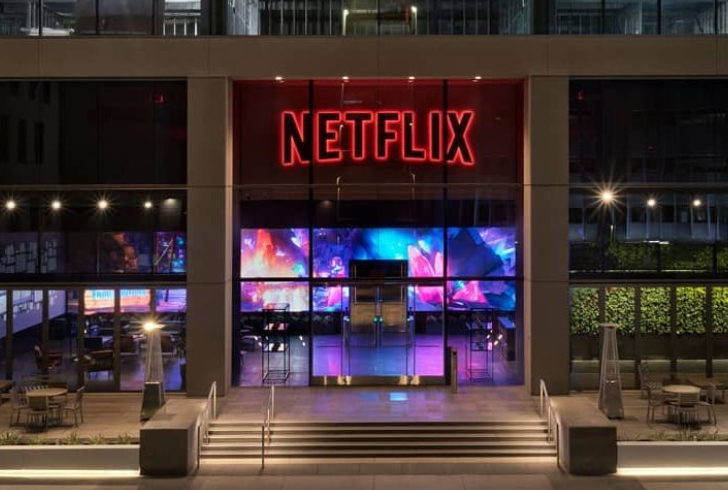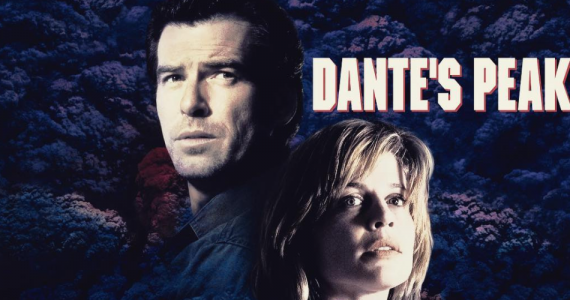The Hollywood industry crisis has taken center stage as the once-booming streaming landscape experiences a dramatic downturn. The frenzy of production and competition that fueled the industry has given way to a series of challenges, leading to a significant decline in both jobs and content output.
This shift has left countless industry professionals, from actors to crew members, facing financial uncertainty and a bleak outlook for the future, as the Hollywood industry grapples with its most significant crisis in recent memory.
The Streaming Boom and Bust

For over a decade, Hollywood witnessed a remarkable surge in streaming services. Major studios, along with tech giants like Netflix, raced to create vast libraries of original content, driving demand for productions across the board. This boom fueled a surge in jobs, as studios sought to hire writers, directors, actors, and crew members to meet the insatiable appetite for new shows and movies.
However, the streaming boom was not without its challenges. The relentless competition among platforms led to a proliferation of content, often resulting in a diluted market and increased costs for studios. Additionally, the rise of streaming services coincided with a decline in traditional cable television, leading to a shift in advertising revenue and a need for new business models.
The Strikes and Their Aftermath
A turning point in Hollywood’s recent history came in 2023 with the simultaneous strikes by writers and actors. These strikes, the first major joint action by both unions in decades, brought production to a near standstill. While the strikes eventually ended with new contracts, their impact on the industry has been far-reaching.
The prolonged shutdown of production led to significant financial losses for studios and production companies. Many projects were delayed or canceled altogether, resulting in job losses and a ripple effect throughout the industry. Even after the strikes ended, the recovery has been slow, with production levels still significantly below pre-strike levels.
The Evolving Landscape of Entertainment

The decline in Hollywood’s streaming boom has forced studios to reevaluate their strategies and seek new avenues for growth. One significant trend has been a shift towards more cost-effective productions, with a focus on reality shows, documentaries, and unscripted content. Studios are exploring opportunities in international markets, where there is still strong demand for Hollywood content.
However, these changes are not without their challenges. The shift towards lower-budget productions can lead to a decline in quality, and the international market can be difficult to navigate due to cultural differences and language barriers.
The Future of Hollywood
The Hollywood industry crisis has cast a shadow over its future, yet there’s a glimmer of hope amidst the uncertainty. Despite the potential end of the streaming boom, there remains a strong demand for high-quality entertainment content. The key for the industry will be to adapt to the changing landscape and find innovative ways to connect with audiences.
As the industry continues to evolve, it is likely that we will see a mix of traditional and new models of production. The future of Hollywood may be less about the streaming giants of the past and more about a diverse ecosystem of content creators and platforms. This shift will require the industry to embrace new technologies, experiment with different formats, and prioritize storytelling that resonates with diverse audiences.




